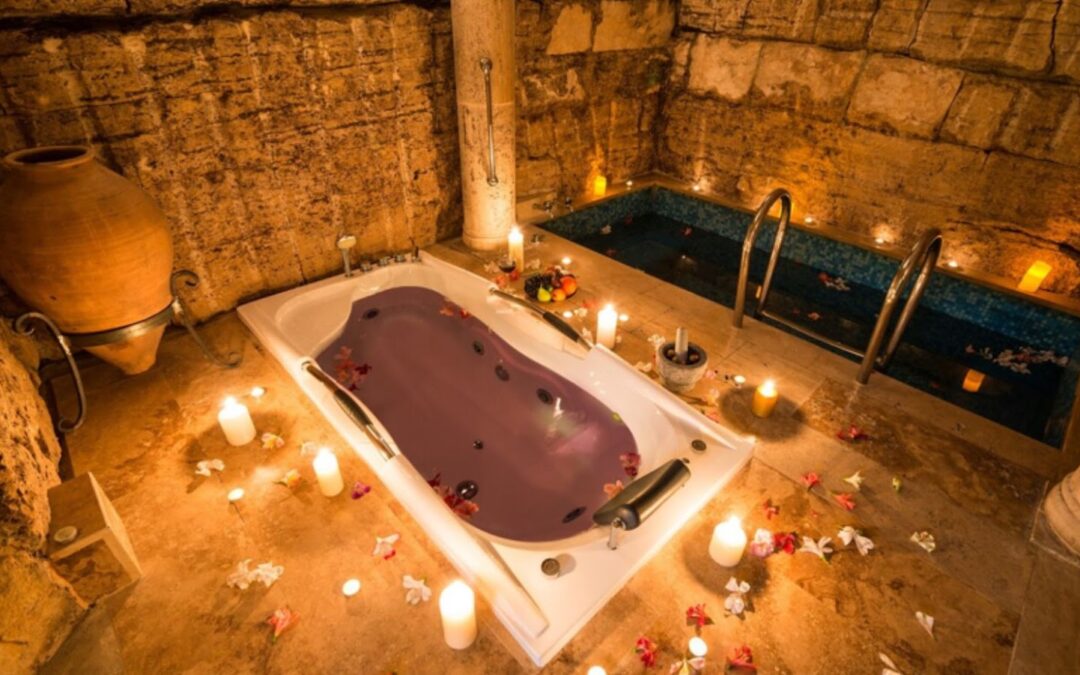Many people are sure that a “banya” or sauna, is an exclusively Russian-Finnish invention. Indeed, often these words generate just such an association. However, Eastern culture also has a similar procedure.
Moroccan baths have recently become very popular. But this is not a novelty. Baths in the East are in great demand. In addition, unlike our traditional steam room, they combine a variety of procedures. However, a Moroccan sauna is still not a sauna in the usual sense of the word.
There are similarities, but there are also a lot of differences.
So why is the whole world literally crazy about them, ready to lay out for a visit quite appreciable sums, preferring the usual steam room? It is worth understanding.
The Main Features
A bath, in any case, is a useful and pleasant procedure. It is aimed at recovery, complete relaxation, and cleansing of the body. Regular visits to steam rooms help to improve skin tone, start regenerative processes in tissues, and stimulate defenses. All this fully applies to Moroccan baths, although, by the principle of action, they do not resemble a sauna.
The first difference lies in the mild microclimate. These steam rooms are not characterized by sharp changes or unbearable heat. Comfort is what the whole principle of Moroccan baths is based on. The temperature in them does not exceed 40-50 degrees with humidity up to 20%. In such a microclimate, the body is maximally relaxed without stressful overheating. This mode of humidity is very similar to a hammam, which also distinguishes these establishments from Russian saunas.
The second nuance is a wide range of additional services. Thus, when visiting modern Moroccan baths in Abu Dhabi, for example, you can undergo a complex of restorative and recovery procedures:
- scrubbing with natural compositions and application of masks on the whole body;
- massage – soft, relaxing;
- rubbing essential oils to soften and nourish the skin.
It is not for nothing that Moroccan baths have become a favorite cultural pastime for the wives of sheikhs and Arab nobility. The body is transformed after them, from a peaceful glow in the eyes to silky, soft to the touch skin and a good mood.
Hair care is also available to cleanse, revitalize and strengthen the hair.
Principle of Influence on the Body
Visiting a Moroccan bath not only tonifies the body but also strengthens the immune system. The effects of rejuvenation and deep cleansing of the body is also achieved. With the use of natural cosmetics and the alternation of relaxing massage with rest in the steam room, muscle and joint pains and spasms are effectively relieved.
Among the key beneficial properties of the Moroccan bath, it is worth noting:
- beneficial effect on the respiratory and nervous system;
- prevention of insomnia;
- stimulation of excretion of toxins and toxins;
- elimination of chronic fatigue syndrome.
Visiting such a steam room helps to maintain good shape and stabilize weight. It will also be useful for those who suffer from joint diseases and frequent colds. Warming in a gentle temperature mode soothes inflammation.
Characteristics of the East
Initially, it was believed that Moroccan baths were intended exclusively for women, and only men of fair sex could work there. This principle is still observed in Muslim countries today.
If previously it was believed that only women from Morocco were allowed to serve visitors, today there are representatives of other nationalities among the staff.
The procedures have also changed, or rather, significantly expanded. Waxing, henna tattooing, and eyebrow grooming have all joined relaxing massages and oil rubs. And also, in many steam rooms, you can find wrapping and anti-cellulite measures.
However, do not think that such “fun” is intended only for women. Men will also be offered massages and care procedures here. Today, such recovery is available to everyone, and everyone can go to the steam room.
Conclusion
It is believed that real and proper steam rooms can be found only in the East. However, in the Emirates, visiting these establishments is an expensive pleasure. However, given their popularity, today you can find such baths in the list of services of many SPA-resorts in European countries.
My name is Andrea Thompson and I’m a home based freelance writer. I’m 23 years old, married to my best friend, and mother to a wonderfully independent and opinionated 3 year old girl and step-mother to a sweet seven year old boy. I live in a tiny, little town in Kentucky, where I spend my free time fishing with my kids.
Writing has always been my passion, which I followed through high school, and for a while in college. Life happened, and once I discovered we were pregnant, I switched directions; opting for the healthcare industry because of the stability.
Finally, years later, I was in a place where I could leave the day job that never truly made me happy, and pursue my dreams. I’ve built, and am still building, my writing career from scratch. But, I’m passionate and I’m good at what I do. And, in the end, I can prove to my daughter that she can do anything she wants with this life.





